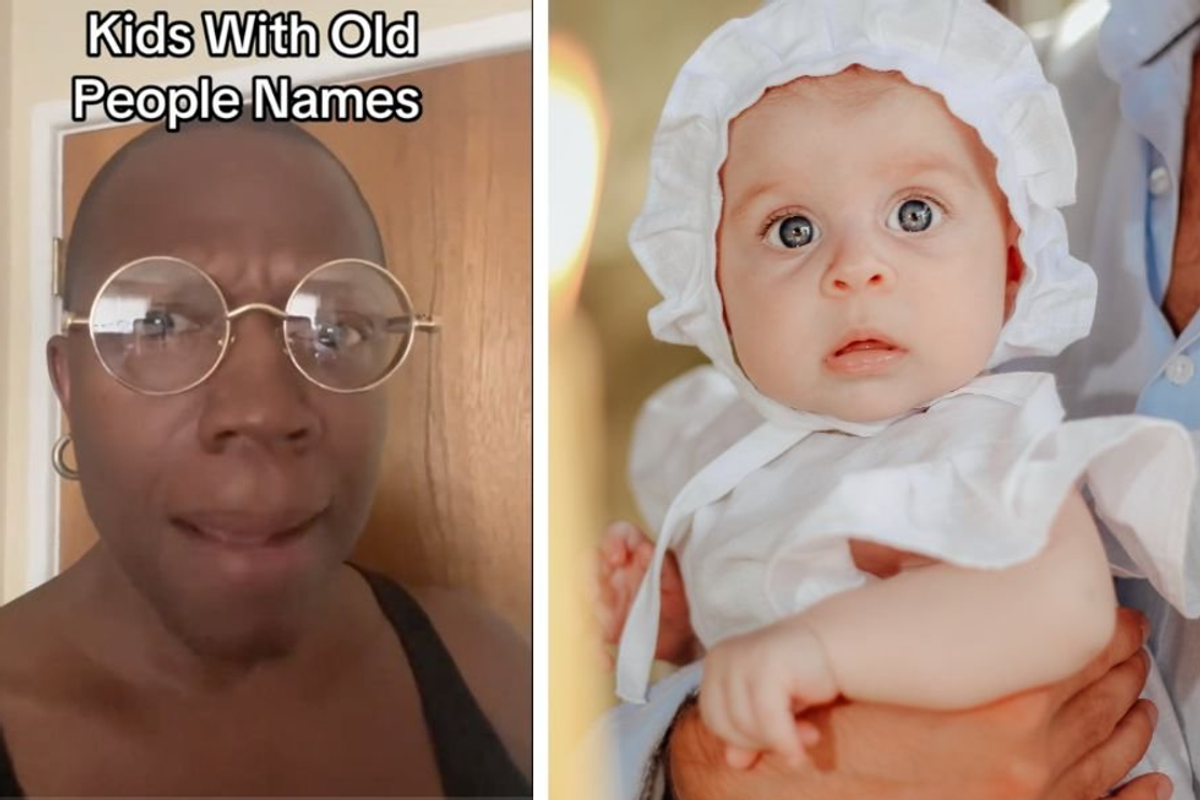He went to the ER in Taiwan, then his "Horrors of Socialized Medicine" post went viral
His Facebook post ignited a firestorm.

An ER trip in Taiwan is how much?
We all know that Americans pay more for healthcare than every other country in the world. But how much more?
According to an American student who shared the story of his ER visit in a Taiwanese hospital, Americans are being taken to the cleaners when we go to the doctor. We live in a country that claims to be the greatest in the world, but where an emergency trip to the hospital can easily bankrupt someone.
Kevin Bozeat, a 25-year-old student at the time, had that fact in mind when he fell ill while studying in Taiwan and needed to go to the hospital. He didn't have insurance and he had no idea how much it was going to cost him. He shared the experience in a now-viral Facebook post he called "The Horrors of Socialized Medicine: A first hand experience."
It started with a stomach ache
Bozeat's stomach began to hurt. Not thinking much of it, he went home to rest. Then, he started vomiting and couldn't stop, unable to even keep water down. "My symptoms showed no signs of abating," he wrote. "At this point I had to seek medical treatment, I knew I had to go to the hospital."
"I wanted to avoid it," he added. "I had no idea how different Taiwanese hospitals would be, whether I would be able to find an English speaking doctor, or what it would cost me (my US health insurance has lapsed and I don't qualify for Taiwanese NHI)."
Taiwan's National Health Insurance (NHI) is a single-payer system that covers all residents of Taiwan. Foreigners can take part in the system immediately upon obtaining a work permit, or after six months of living in the country. As a student, Bozeat hadn't lived there long enough to be eligible yet.
But he needn't have worried.
Bozeat's bill for his entire hospital stay was a fraction of many insured American's copays for emergency services.
And it's not like he received substandard service for what he paid.
"My Taiwanese roommate called a taxi and took me to the ER at NTU Hospital," Bozeat wrote. "I was immediately checked-in by an English speaking nurse. Within 20 minutes I was given IV fluids and anti-emetics. They took blood tests and did an ultrasound to ensure it wasn't gall stones or appendicitis. From there I was given a diagnosis: a particularly severe case of Acute Viral Gastroenteritis (aka the stomach flu). After about 3 hours on an IV, I began to feel slightly better, my nausea disappeared and my stomach began to calm down."
Bozeat was discharged with a prescription for anti-emetics and pain medication, and after a few days he was back to normal. This is when most of us would start panicking as we wait for the hospital bills to arrive. But Bozeat was pleasantly surprised:
"The bill for the ER visit?...US $80.00. Eighty. American. Dollars. Out of pocket. Full cost. No discounts. No insurance. At one of the best hospitals in Taiwan. And if I had NHI, it would have been a fraction of that. This could have easily cost me hundreds or even thousands in the US without insurance. But here in Taiwan I was able to receive speedy, quality care comparable to what I would have gotten in a US hospital for relatively small amount of money."
I did some research, and the cost of living overall in Taiwan is about half what it is here. There is not a hospital that I know of in the U.S. where you can be admitted and discharged for anything close to $160, even for something as simple as a bee sting. (Seriously, an ER visit for a bee sting can set you back $12,000 in the U.S.)
Bozeat also pointed out that the taxes that pay for Taiwan's health system are not that high.
Responding to the common complaint that we'd have to raise taxes to pay for universal healthcare, Bozeat addressed that with a listicle:
"5: Yes, taxes pay for the healthcare here. No, they are not high. Try for yourself: The formula for the NHI monthly premium contribution for a single employed adult is: [your monthly income] x 0.0469 (4.69%) x 0.3 (30%) = Your monthly out-of-pocket healthcare premium."
I did the math for a $60,000 per year income—it comes to $70.53/month. [Sigh.]
But Bozeat wasn't done:
"6: It's not perfect. Not everything is 100% covered. I had a good experience, but Im sure many people have had [non-financial] medical horror stories here.
7: This system exists because the Taiwanese government believes that healthcare is a right for all of its citizens, rather than a privilege for those who can afford it. Those aren't my words, thats what the Ministry of Health said in its English language brochure. Every Taiwanese citizen and foreign permanent resident is entitled to, and required to enroll in the National Health Insurance Program (NHI). Everyone is covered, regardless of employment status, no one is uninsured, no one ever goes bankrupt due to medical bills."
The quality of care does not appear to be compromised in this system, either.
"I have yet to meet a Taiwanese person who wasn't satisfied with, or even outright proud of their healthcare system," Bozeat wrote. "My expat friends praise it, even those from countries with universal healthcare systems of their own. "
Well, there you have it. This certainly gives us a lot to think about.
This article originally appeared on five years ago.
- People are commiserating about the absurd unaffordability of COBRA health insurance - Upworthy ›
- American mom living in Germany dispels myths about living overseas - Upworthy ›
- 33-year-old American expat shares how he lives a lavish life in Bali on less than $75 a day - Upworthy ›
- Couple leaves the U.S. for Spain - Upworthy ›
- Woman gets huge hospital bill for having gas - Upworthy ›



 Worried mother and children during the Great Depression era. Photo by Dorthea Lange via Library of Congress
Worried mother and children during the Great Depression era. Photo by Dorthea Lange via Library of Congress  A mother reflects with her children during the Great Depression. Photo by Dorthea Lange via Library of Congress
A mother reflects with her children during the Great Depression. Photo by Dorthea Lange via Library of Congress  Families on the move suffered enormous hardships during The Great Depression.Photo by Dorthea Lange via Library of Congress
Families on the move suffered enormous hardships during The Great Depression.Photo by Dorthea Lange via Library of Congress

 Millennial mom struggles to organize her son's room.Image via Canva/fotostorm
Millennial mom struggles to organize her son's room.Image via Canva/fotostorm Boomer grandparents have a video call with grandkids.Image via Canva/Tima Miroshnichenko
Boomer grandparents have a video call with grandkids.Image via Canva/Tima Miroshnichenko
 Classic Film GIF
Classic Film GIF  Oh nothing, just Edyth, Arthur, and Iris hanging out at the park.
Oh nothing, just Edyth, Arthur, and Iris hanging out at the park.
 It helps that Golden Retrievers are notoriously friendly. Photo by
It helps that Golden Retrievers are notoriously friendly. Photo by